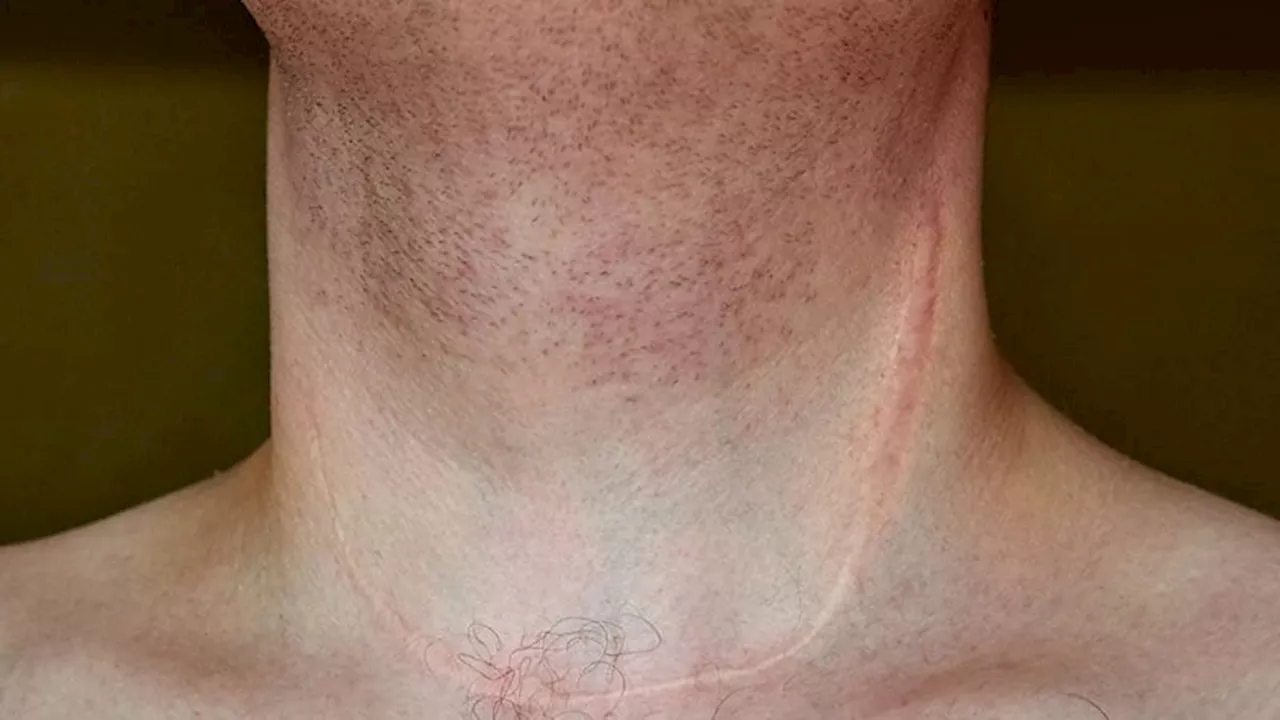A new study provides evidence that radioactive iodine therapy may not be necessary for patients with low-risk differentiated thyroid cancer after undergoing total thyroidectomy. Results show similar outcomes at 5 years regardless of whether radioiodine was administered, suggesting potential benefits for avoiding this additional treatment in most cases.
Patients with low-risk differentiated thyroid cancer demonstrate comparable outcomes after five years regardless of whether they received radioactive iodine following total thyroidectomy , according to findings from a randomized trial. This suggests that patients can be safely spared the additional radioiodine treatment in most cases, with exceptions for high-risk situations.
Radioiodine has long been a standard component of thyroid cancer treatment; however, recent consensus has favored avoiding the therapy in patients with low-risk follicular cell–derived thyroid cancer at stage I, involving unifocal microcarcinomas measuring 10 mm or smaller in diameter. In other low-risk thyroid cancers, though, the evidence regarding radioiodine's benefits has been inconclusive. One meta-analysis revealed inconsistent benefits, while another review suggested no benefit at all. This randomized, prospective trial of 776 patients in France with thyroid cancer who underwent total thyroidectomy between May 2013 and March 2017 and had a low risk for recurrence, with no postoperative suspicious findings on neck ultrasound, aimed to shed light on the necessity of radioiodine in this patient group. Patients were randomly assigned to receive either no radioiodine or radioiodine (1.1 GBq of iodine-131 following recombinant human thyrotropin–stimulating hormone) after thyroidectomy. At the 3-year follow-up point of the original study, outcomes with the postoperative strategy of no radioiodine were not inferior to radioiodine use in relation to the occurrence of functional, structural, and biologic events, with the proportion of patients experiencing no events being slightly lower in the group that did not receive radioiodine compared to those who did (95.6% vs 95.9%, respectively). However, recognizing that most thyroid cancer recurrences typically occur within the postoperative period extending to 5 years, the 3-year follow-up was considered potentially insufficient, particularly considering the indolent nature of most low-risk and intermediate-risk thyroid cancers. To further investigate patient outcomes at 5 years, the authors conducted this current follow-up analysis. Similar to the original study, non-inferiority was defined as a less than 5% difference between the two groups in terms of the proportion of patients experiencing events during the study period. Events were defined as the development of abnormal foci of radioiodine uptake on posttreatment whole-body scan requiring treatment; abnormal neck ultrasonography; elevated thyroglobulin levels, increasing titers; the appearance of thyroglobulin antibody; or a combination of these definitions. Of the 698 patients from the study who were evaluable at 5 years, the results showed the proportion of patients who did not have events was again slightly lower among those who did not receive radioiodine, at 93.2%, compared to those who did, at 94.8%, for a difference of −1.6%. Key factors associated with the development of an event included having a postoperative serum thyroglobulin level >1 ng/mL, being between 55 and 60 years old, having a follicular histology, and having a larger tumor size. Biologic events were the most common, accounting for 74% of events, while biologic, functional, and structural events occurred in similar numbers in both groups over the follow-up period. The rate of incomplete structural responses was low and also occurred in similar proportions in both groups. Of patients who had recurrences, thyroglobulin levels at the time of structural recurrence ranged from 0.1 to 3.0 ng/mL in patients in the no-radioiodine group and between 1 ng/mL in the radioiodine group. The study found that a thyroglobulin level of 1 ng/mL was a prognostic factor for an event in the present study. Therefore, the authors noted that a cutoff of 2 ng/mL could be used as a threshold to administer radioiodine to these patients. Ultimately, however, the authors concluded that further prospective studies are needed to provide definitive proof that radioiodine treatment improves outcomes for these patients. While research indicates that the majority of follicular cell–derived thyroid cancer recurrences are detected within the first 5 years of follow-up, late recurrences can occur, and the patients from the present study are scheduled for further follow-up
Thyroid Cancer Radioiodine Therapy Total Thyroidectomy Low-Risk Cancer Recurrence Treatment Outcomes
United States Latest News, United States Headlines
Similar News:You can also read news stories similar to this one that we have collected from other news sources.
 The Best Red Light Therapy Devices & How to Safely Use Them, According to Editors & ExpertsSunlighten RED Light Therapy PanelOn Sale 13% off Buy Now at sunlighten $1,599 Treat yourself to all-over red light therapy with the Sunlighten RED Light Therapy Panel.
The Best Red Light Therapy Devices & How to Safely Use Them, According to Editors & ExpertsSunlighten RED Light Therapy PanelOn Sale 13% off Buy Now at sunlighten $1,599 Treat yourself to all-over red light therapy with the Sunlighten RED Light Therapy Panel.
Read more »
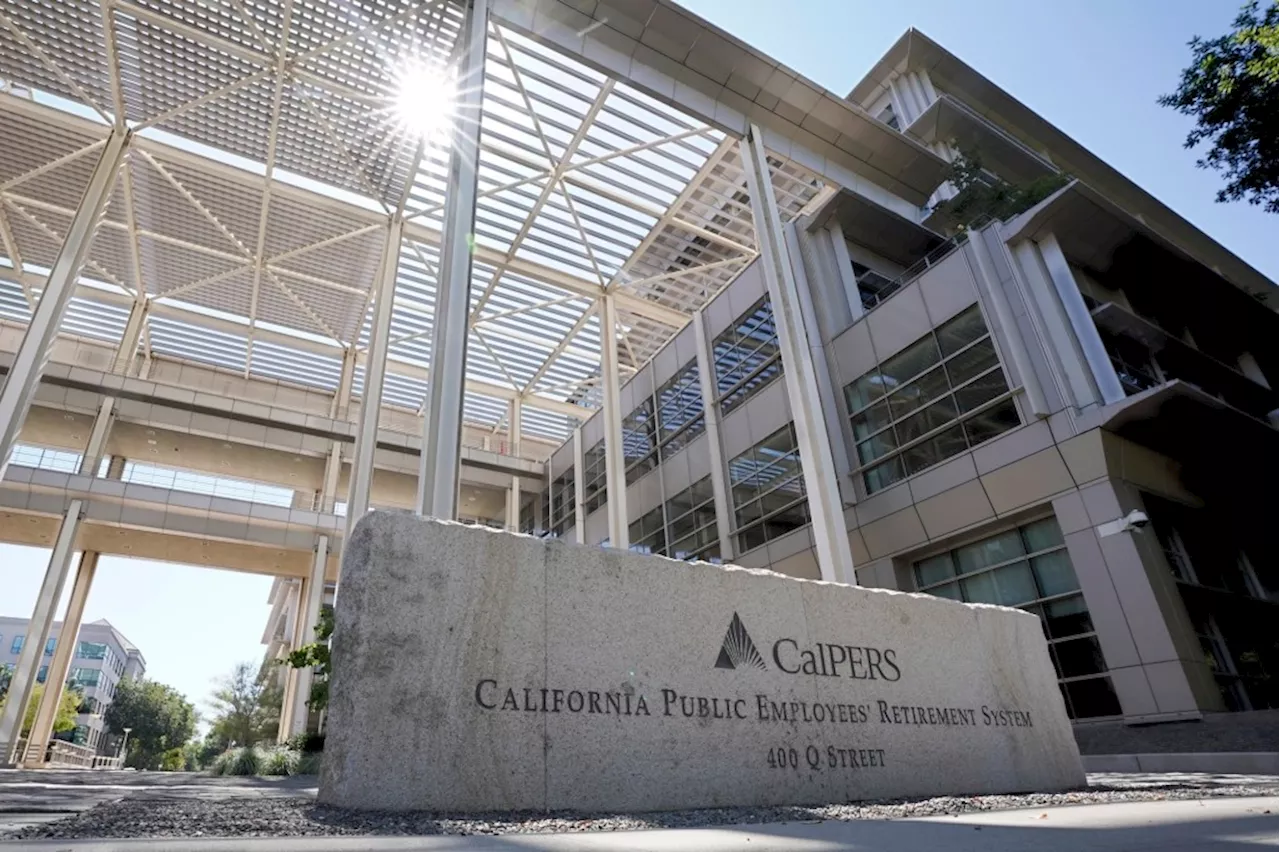 CalPERS takes unnecessary risks that could cost taxpayersCalPERS should prioritize proven, effective strategies that cost less and consistently deliver better returns for taxpayers and public employees.
CalPERS takes unnecessary risks that could cost taxpayersCalPERS should prioritize proven, effective strategies that cost less and consistently deliver better returns for taxpayers and public employees.
Read more »
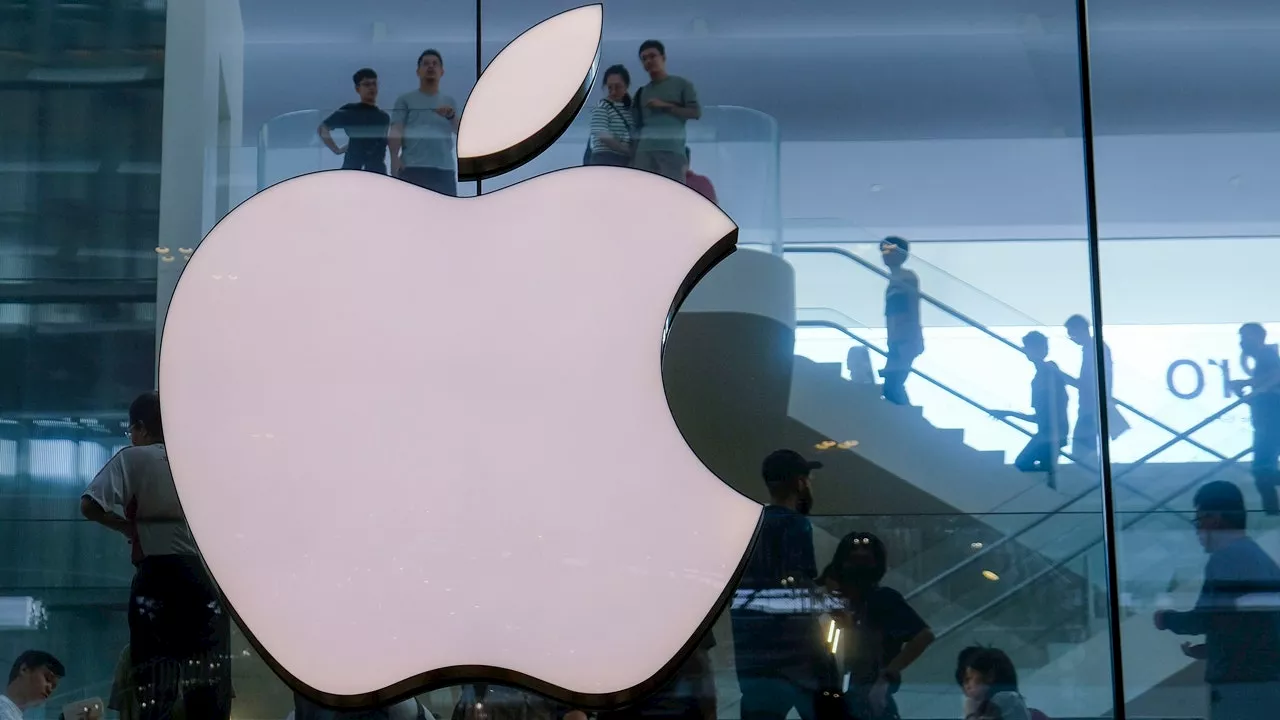 Apple Rejects Proposal to End Diversity Programs, Citing 'Unnecessary' MoveApple's board of directors is recommending shareholders vote against a proposal to end the company's diversity, equity, and inclusion (DEI) programs, arguing that such a move is unnecessary. This comes amid a broader trend of companies scaling back DEI initiatives following a Supreme Court ruling against affirmative action.
Apple Rejects Proposal to End Diversity Programs, Citing 'Unnecessary' MoveApple's board of directors is recommending shareholders vote against a proposal to end the company's diversity, equity, and inclusion (DEI) programs, arguing that such a move is unnecessary. This comes amid a broader trend of companies scaling back DEI initiatives following a Supreme Court ruling against affirmative action.
Read more »
 Yellowstone Season 5 Finale: Colby's Unnecessary Death and Other TakeawaysThe Yellowstone season 5 finale revealed the fates of all the characters, providing closure to the Dutton family saga. However, some decisions, like Colby's tragic and unnecessary death, left fans divided.
Yellowstone Season 5 Finale: Colby's Unnecessary Death and Other TakeawaysThe Yellowstone season 5 finale revealed the fates of all the characters, providing closure to the Dutton family saga. However, some decisions, like Colby's tragic and unnecessary death, left fans divided.
Read more »
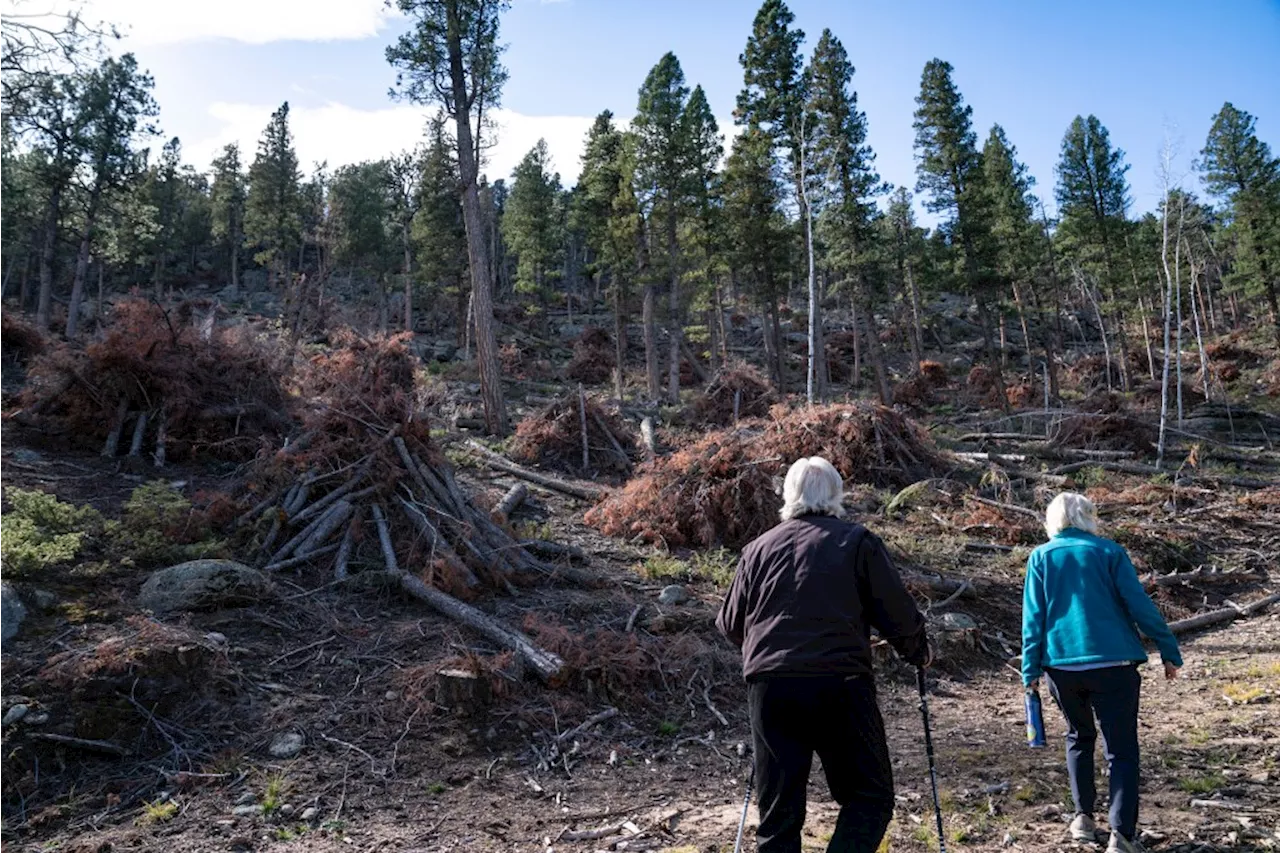 Opinion: Fear of forest fires fuels unnecessary and unhelpful logging on public landsHumanity’s earliest irrational fear of forests had to do with “evil spirits,” along with anxiety over mostly harmless wildlife. Soon it was fretting over bandits, outlaws, and (gasp!) Native Americ…
Opinion: Fear of forest fires fuels unnecessary and unhelpful logging on public landsHumanity’s earliest irrational fear of forests had to do with “evil spirits,” along with anxiety over mostly harmless wildlife. Soon it was fretting over bandits, outlaws, and (gasp!) Native Americ…
Read more »
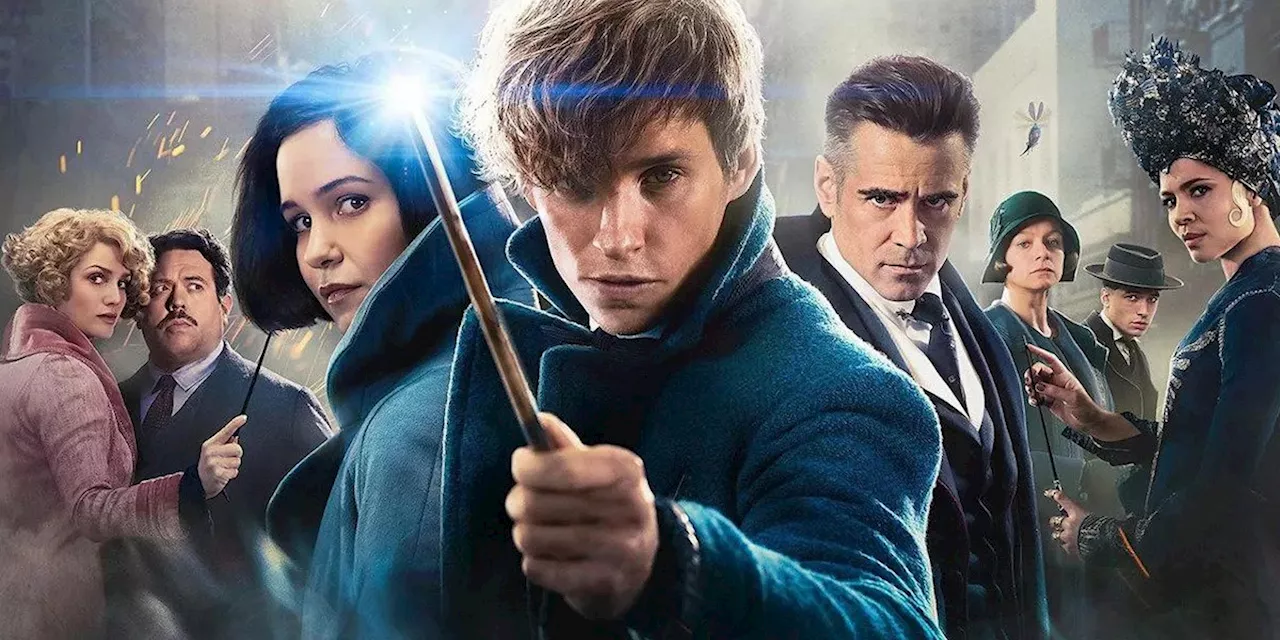 10 Most Unnecessary Prequels Ever, RankedFantastic Beasts
10 Most Unnecessary Prequels Ever, RankedFantastic Beasts
Read more »
